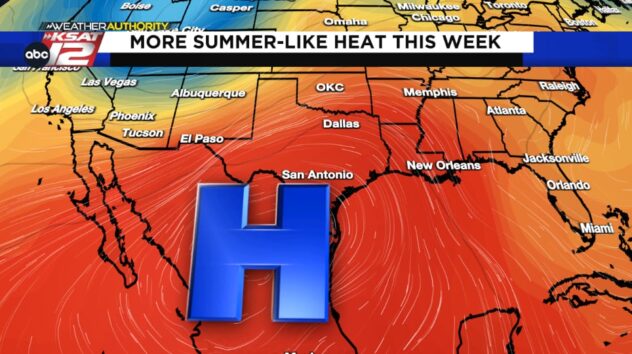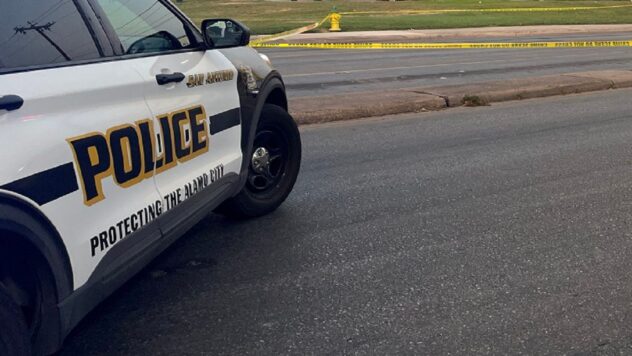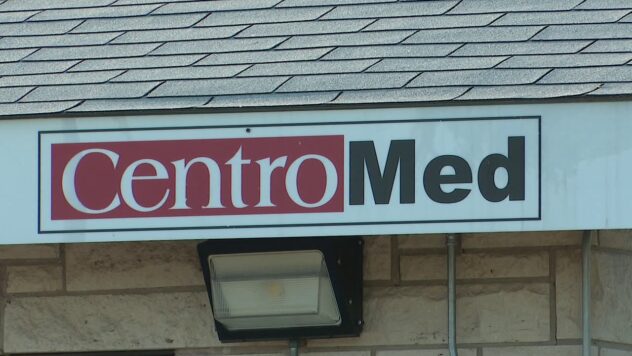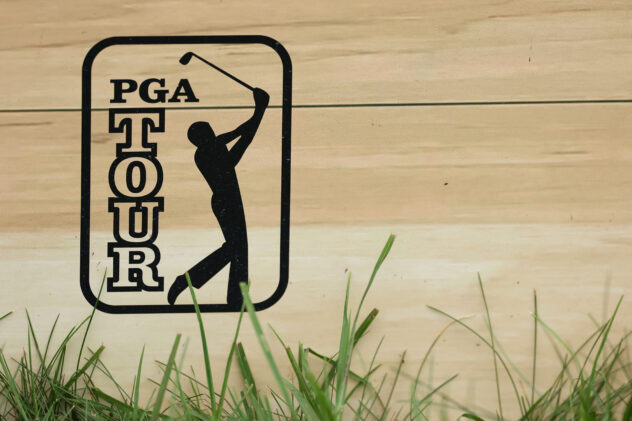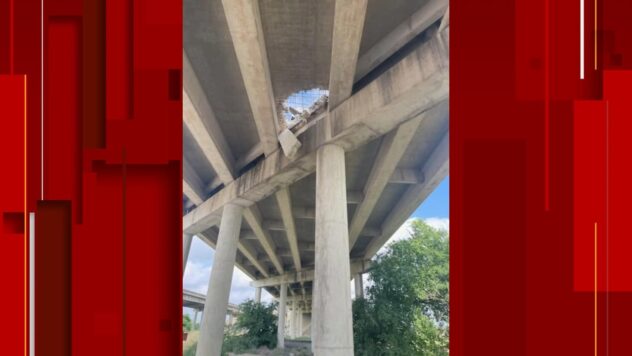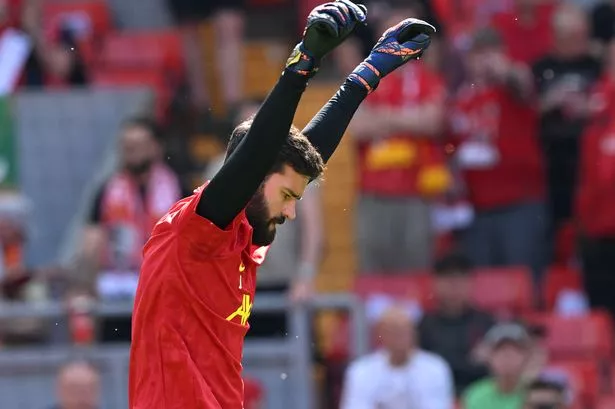The Sapling Dead: How to spot zombie trees after the Texas freeze

Trees parading as being alive and well, leaves green and blowing in the wind. You might sit under one to keep shaded from the sun or have it planted in your backyard.
LEGAL WEED: Texas House gives initial OK to expand medical cannabis program
But some of these trees were killed in February’s disastrous freeze and haven’t yet shown signs of destress, according to Matt Petty, an arborist who works with Davey Tree.
“They’re trees that are dead and just don’t know it yet,” Petty said. “They’re in decline with crippling health or safety issues that are not visible to the untrained eye.”
Maybe the leaves are green but the limbs are brittle and falling even on a sunny day. Perhaps there are cracks in the trunk or fungi growing on the bark.
Sometimes, there’s no outward signs at all.
To the untrained eye, it’s hard to spot a zombie tree.
Courtesy Matt Petty
“Trees are resilient,” Petty said. “It could be years before they show signs of stress.”
He expects that most dead trees will start showing signs of death in the heat of July and August.
When trees are exposed to extremely cold temperatures – like during the deadly freeze that swept Texas earlier this year – their vascular systems can become freeze-dried.
“Imagine you have a straw and you’re sucking on a milkshake,” Petty said. “Suddenly, that straw collapses.”
It’s important to continue watering plants. Replacing the soil around your plants can also help restore nutrients after a freeze.
To be sure about your tree’s health, Petty suggested scheduling an appointment with an arborist or forester.
More Lifestyle

